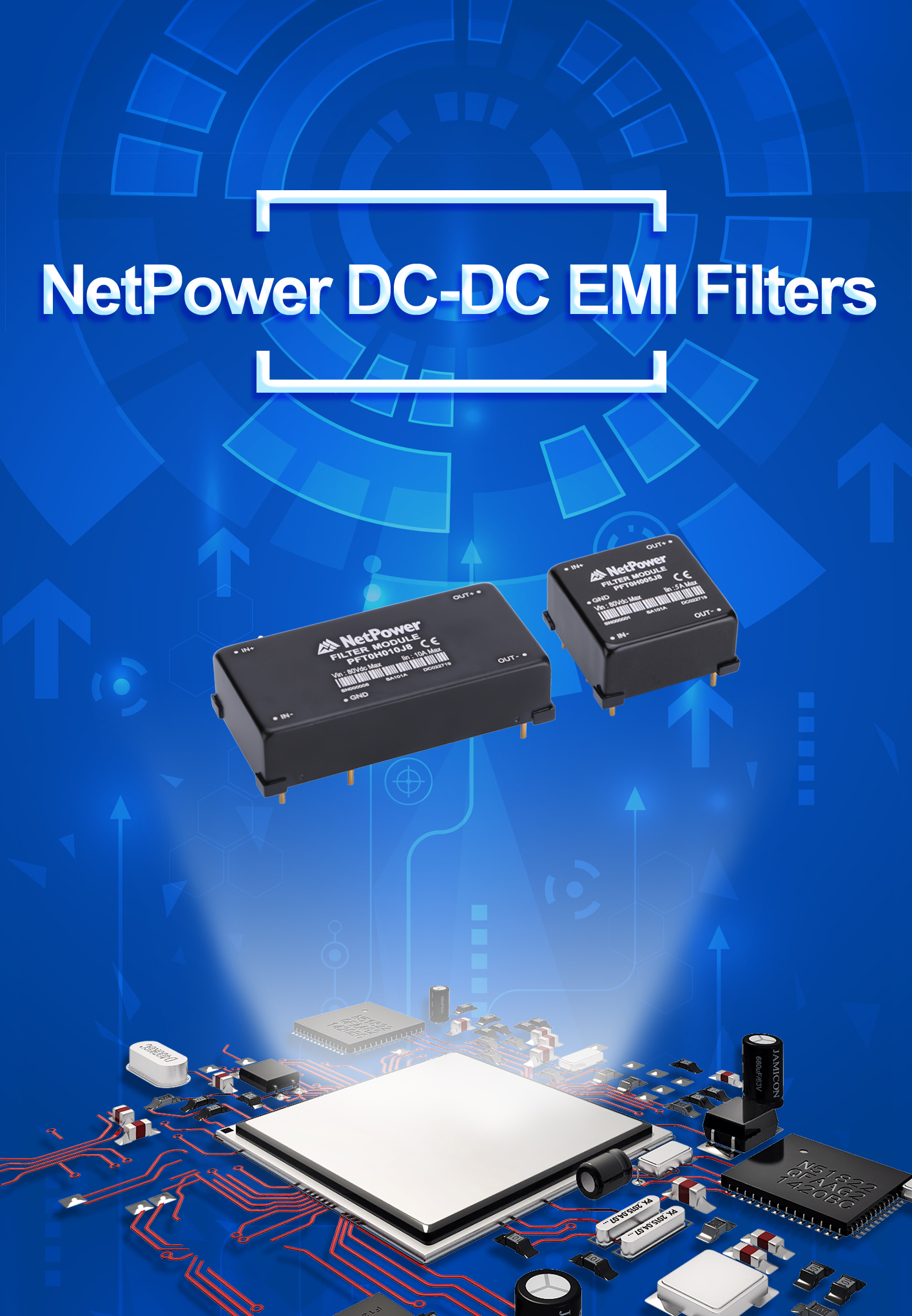-
5G – The high-speed mobile network of the future
Date: 2019-04-09 17:16:23Posted by: SunnyThe next development stage of the mobile network is 5G. This new technology allows a significantly higher data capacity and extremely fast response times. This opens up completely new potential applications for a fully connected society. The super...View More
-
Power electronics III
Date: 2019-04-09 15:54:45Posted by: Leo QinDC/AC converters (inverters) DC to AC converters produce an AC output waveform from a DC source. Applications include adjustable speed drives (ASD), uninterruptible power supplies (UPS), Flex...View More
-
How to design a simple constant current/constant voltage buc...
Date: 2019-04-08 16:29:03Posted by: HelenIntroduction A DC-to-DC converter is typically implemented as a constant voltage (CV) regulator. The control loop will adjust the duty cycle in order to maintain a constant output voltage regardless of changes to the input voltage and lo...View More
-
Environmental Health and Safety Guideline on Lithium ion Bat...
Date: 2019-04-06 10:13:52Posted by: mrpower1. Purpose Carnegie Mellon University has prepared this guideline to provide safety requirements for purchasing, working with, charging, transporting, handling emergencies, and disposing of Lithium Ion Batteries (LIB). Without proper controls...View More
-
Compression Characteristics of Thermal Interface Gap Filler ...
Date: 2019-04-05 12:55:47Posted by: mrpowerCompression characteristics are a key function of gap fillers. Unlike thermal greases, the applications for gap fillers are quite different. Being mindful of compression characteristics and the factors that impact stress is important during the de...View More
-
Using the PMBus for digital control
Date: 2019-04-04 00:26:27Posted by: michaelPower Management Bus (PMBus) is a standard way to communicate with power converters over a digital communication bus. PMBus is a two wire communication protocol based on I2C and the speed can be up to 1Mbit/s. The protocol defines many specific comma...View More
-
Power electronics II
Date: 2019-04-03 17:22:58Posted by: Leo QinHistory Power electronics started with the development of the mercury arc rectifier. Invented by Peter Cooper Hewitt in 1902, it was used to convert alternating current (AC) into direct current (DC). From the 1920s on, ...View More
-
Thermal performance of DC-DC converter with heatsink
Date: 2019-04-03 07:53:22Posted by: WeiThe base plate, even with heatsink, would have limited improvement to the thermal performance when the forced airflow is not available. Base plate and heatsink work with convective thermal distribution path. For no airflow application, therm...View More




